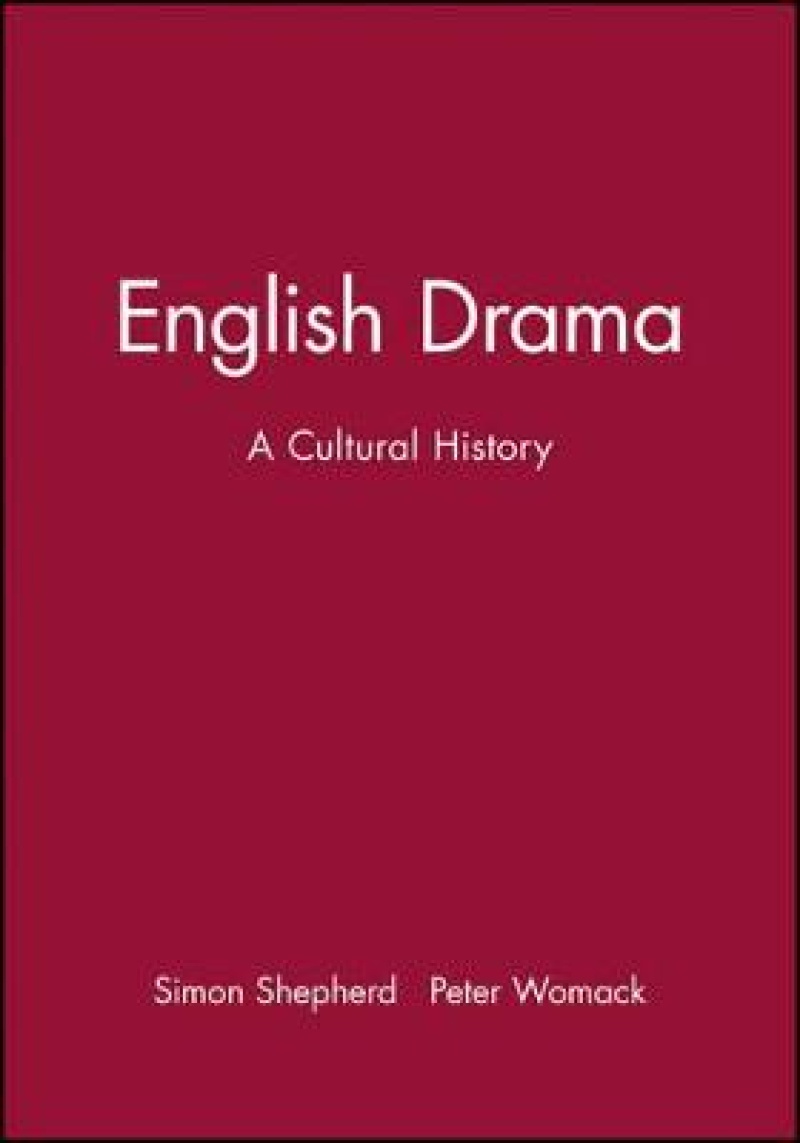"There is much here to stimulate the thinking student and to galvanize the curious into further reading." <i>Christine Dymkowski, University of London</i>
User's Guide.
1. Medieval Theatre.
2. The Beginning of the Story of Drama.
3. Renaissance Drama.
4. The Image of Elizabethan Drama.
5. Restoration Comedy.
6. Bawdy, Manners and the English National Character.
7. Melodrama.
8. The Unacceptable Face of Drama.
9. Naturalism.
10. 'You Make Me Feel Mighty Real': Proper Drama.
11. Post-War British Theatre and the State.
12. Drama in the Age of Television.
Chronological List of Plays.
References.
Index.
For each of the main topics chosen, there are two chapters. The first in each pair tells how the drama of a particular era or kind was produced, describing its cultural context and explaining how contemporary conditions and practices of dramatic production changed. The second chapter in each pair relates how the drama concerned has been reproduced or reinterpreted through history, revealing the dramatic effects and cultural functions of these processes.
In this way the student is given two complete and distinct narrative accounts, to be read together or independently, according to study needs.
Produktdetaljer
Om bidragsyterne
Simon Shepherd is Professor of Drama at Nottingham University.Peter Womack lectures in the School of English and American Studies at the University of East Anglia.

